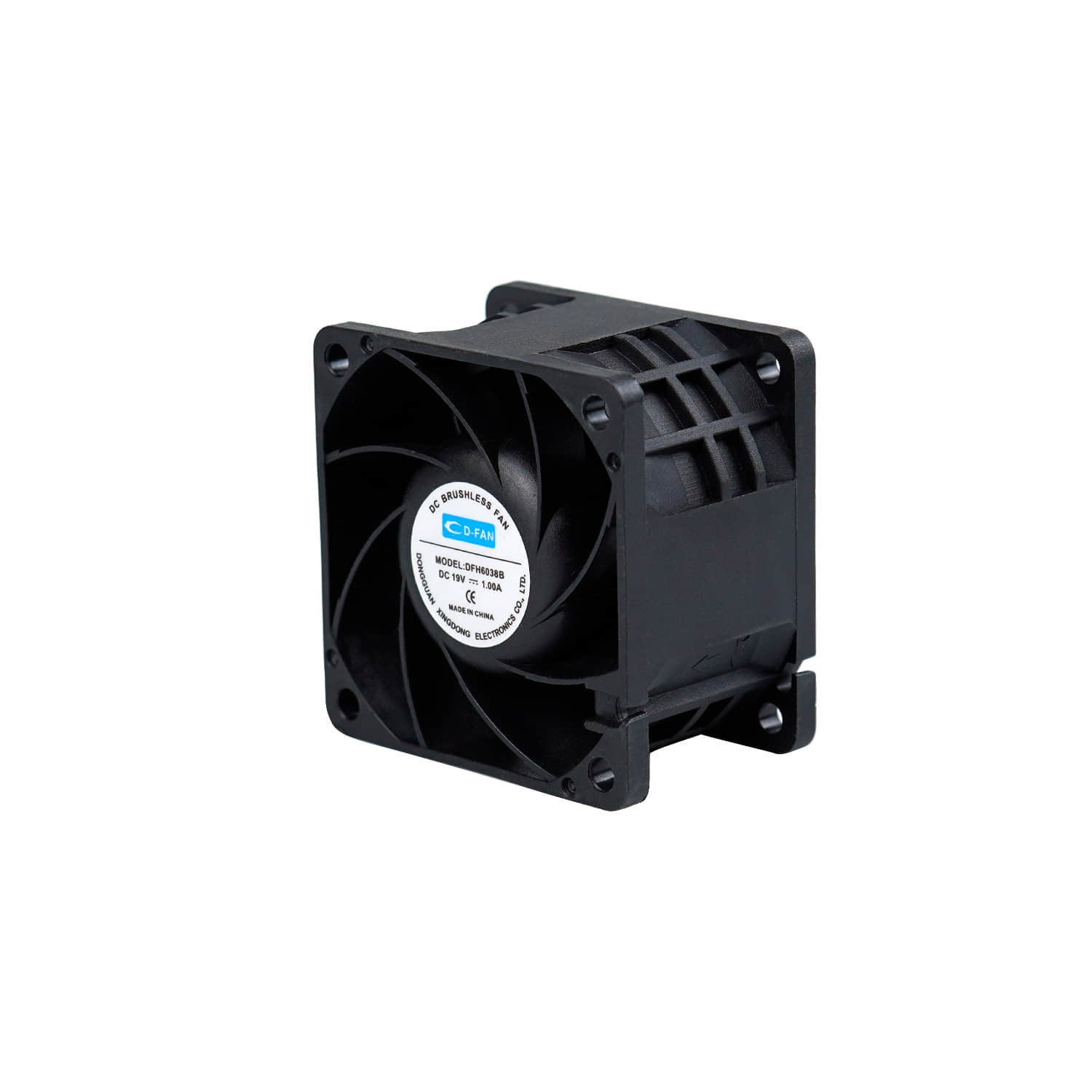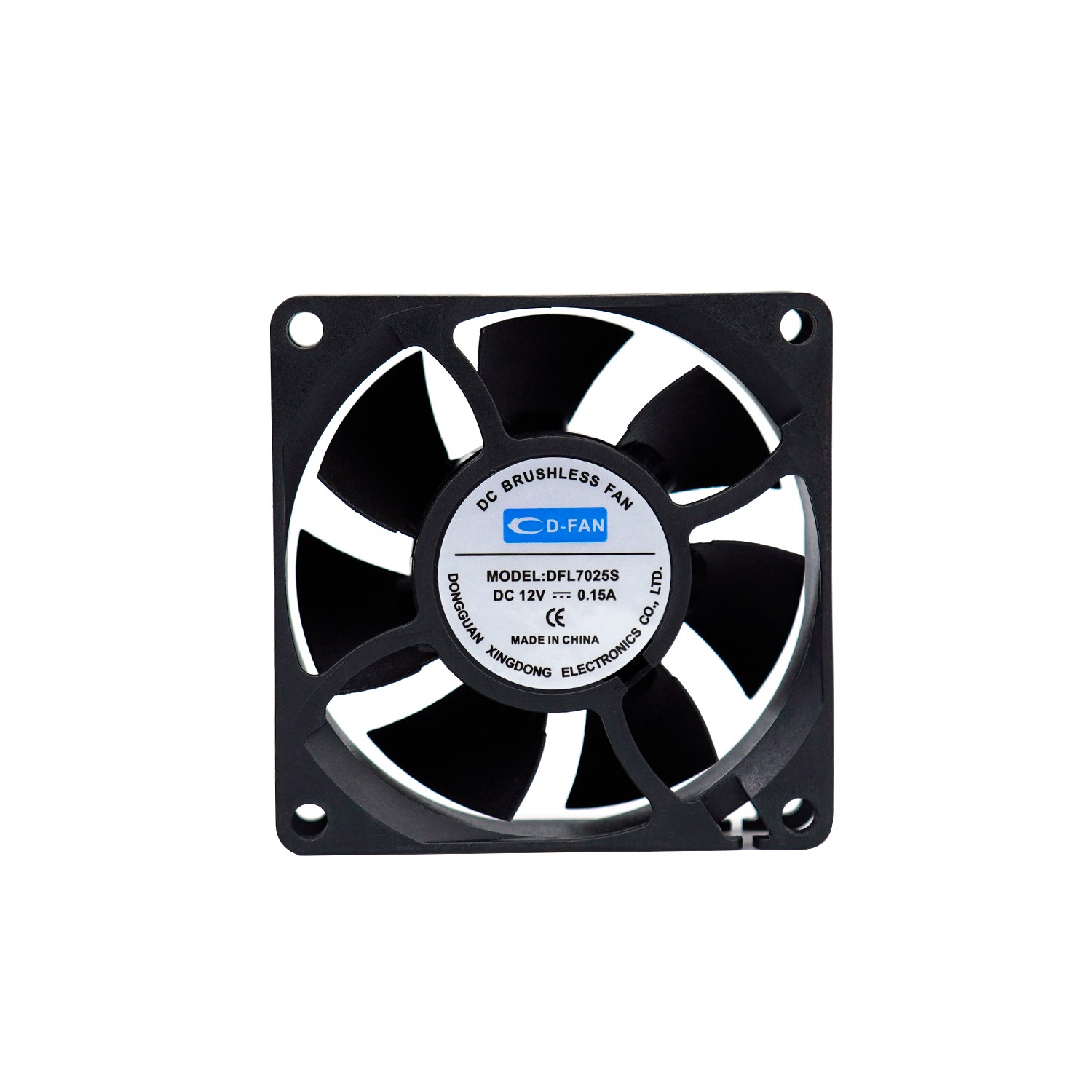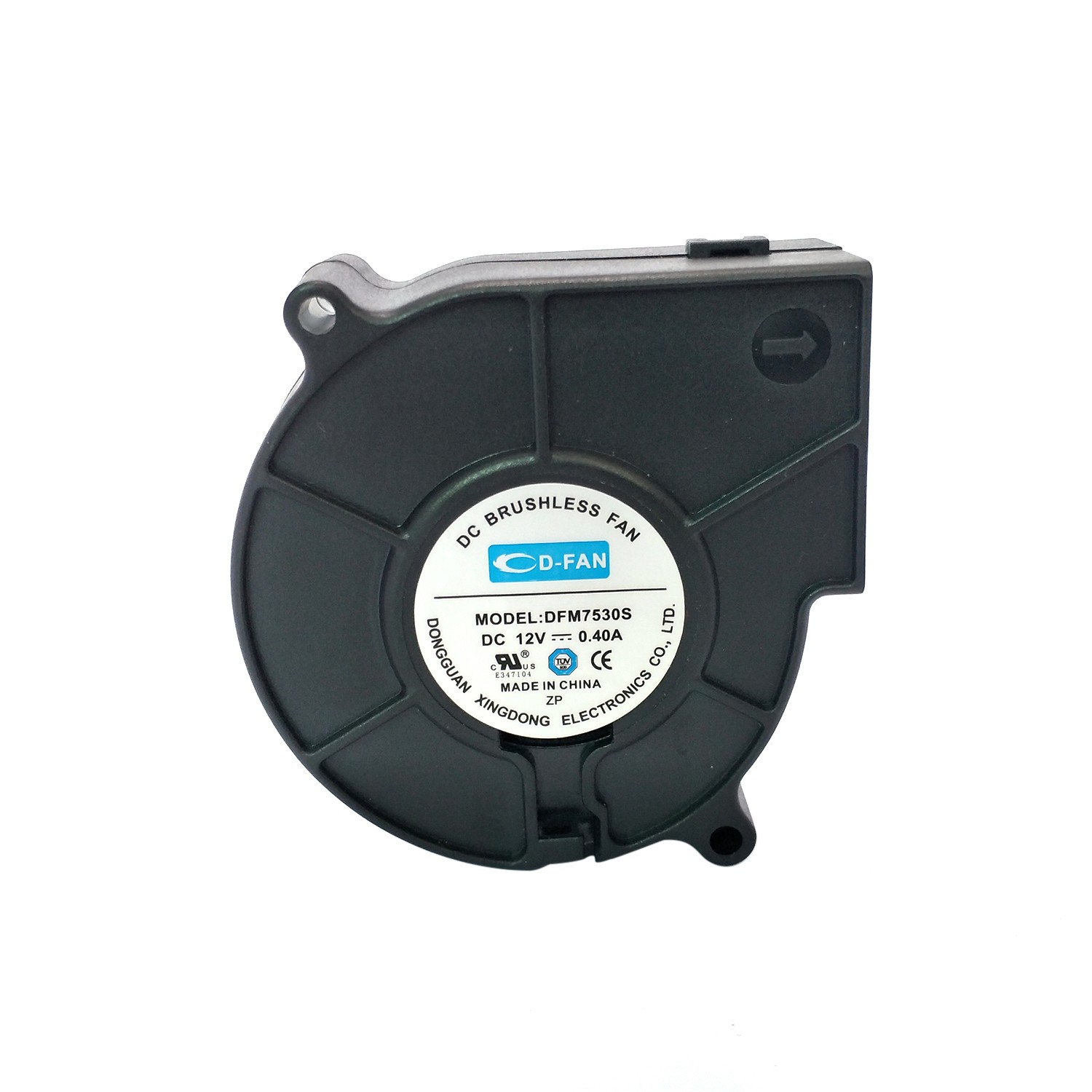ventiladores axiales de corriente continua se utilizan principalmente en el escape de campos de arena y polvo y otros lugares; Los ventiladores axiales de tamaño mediano se utilizan principalmente en ventilación interior y disipación de calor, como: almacenamiento de granos, etc. Los ventiladores axiales pequeños se utilizan principalmente para ventilación y disipación de calor de equipos mecánicos, como: gabinetes de control, etc.

¿Cómo funciona el ventilador axial DC para armarios de distribución?
¿Cuáles son los principales parámetros del ventilador axial de CC para gabinetes?
¿Cuáles son los requisitos para usar el ventilador axial de CC?
Cómo hace el Ventilador axial de CC para el trabajo de los gabinetes de control?
The working principle of DC axial fans for cabinets is based on the right-hand Ampere’s Law. When a conductor passes through an electric current, a magnetic field is generated around it. When the conductor is brought into another fixed magnetic field, a suction or repulsion force is created, causing the object to move. Inside the fan blade of a DC fan, a rubber magnetic ring with magnetic pretensioning is installed and two coil sets are wound on a silicon steel sheet on the shaft. Hall sensing elements are used as synchronous detection devices to control some circuits. The two coils wound on the shaft work alternately. The silicon steel sheet produces different magnetic poles, and the magnetic poles and the rubber magnet produce attractive and repulsive forces. If the attractive and repulsive forces are greater than the static friction of the fan, the fan blades will rotate naturally. Since the reverberation sensor provides a synchronization signal, the fan blades can continue to operate and the direction of rotation can be determined according to the ampere-right hand rule.
¿Cuáles son los principales parámetros de Ventilador axial de CC para armarios?
1. Current: The current consumed by the fan during normal operation is called operating current; the current consumed when the fan is switched on and blocked is called blocking current; the unit of current is “ampere”, expressed in “A”.
2. Speed: When the fan is running normally, the number of revolutions per minute of the blades is called speed, expressed in “RPM”.
3. Voltage. The voltage required for normal operation of the fan is called the operating voltage; the voltage required when the fan starts working is called the starting voltage. The unit of voltage is “Volt” and is expressed as “V”.
4. Power cord. The power cord required to turn on the fan. It can be unterminated, 2P-terminated, 3P-terminated and large 4P-terminated according to the customer’s requirements; usually, the length of the cable refers to the connection line outside the frame, in practice. The bus bar should be longer than the outer wire
¿Cuáles son los requisitos para usar el Ventilador axial de CC?
The use of DC axial fan requires that the gas conveyed by the axial fan does not contain obvious dust, sticky and fibrous substances; the motor temperature does not exceed 40℃ for the directly connected type and 60℃ for the belt-driven type. The dust content in the conveyed gas shall not exceed 150mg/m3. axial flow fan is mainly composed of impeller, casing, motor and other components. Among them, the impeller and casing of corrosion-resistant DC axial fans are made of glass steel, while other types of DC axial fans are generally made of steel plates.
Dongguan Xingdong Electronics Co., Ltd. (hereinafter referred to as ‘Xingdong’) is a domestic high-tech company focused on customizing efficient fans. Its predecessor was founded in 2006 and is dedicated to research and development, production, sales and service of DC fans, DC fans, AC axial fans, EC axial fans, transverse flow fans and motors.






